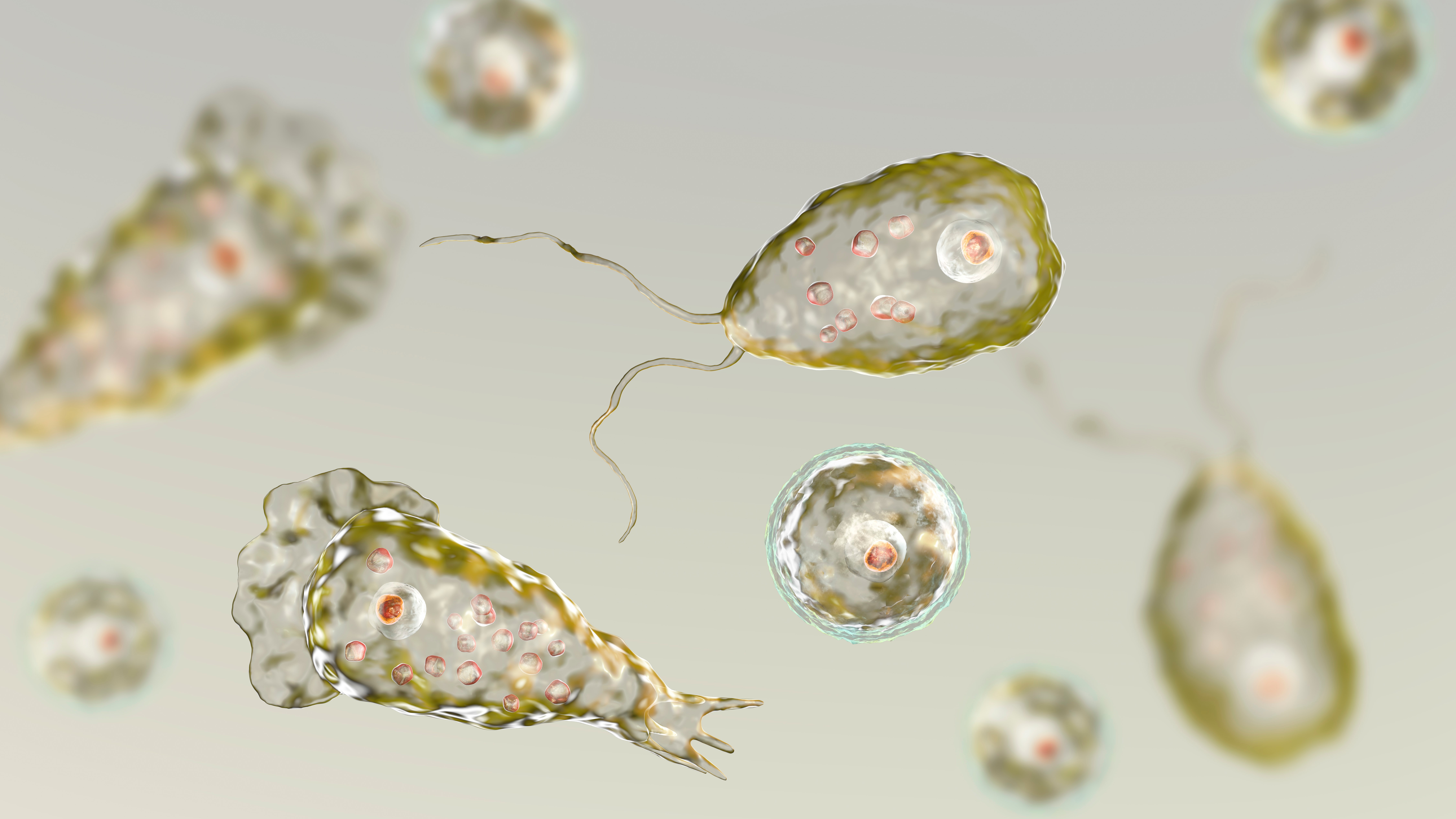Nebraska child likely died of a brain-eating-amoeba infection
It's the state's first known death from the microorganism.

A child in Nebraska has died of a suspected brain-eating-amoeba infection, the first such death known in the state's history.
Naegleria fowleri, a single-celled organism that lives in warm fresh water and soil, only rarely infects humans. But when it does, the results are almost universally fatal: According to the Centers for Disease Control and Prevention (CDC), 97% of people who contract the infection die. Only four of the 154 people infected between 1962 and 2021 survived.
Health officials said the child likely became infected Aug. 8 when swimming in the Elkhorn River in Douglas County, not far from Omaha, according to The Washington Post. N. fowleri thrives in warm, shallow water, and infections are most common in Southern states in late summer, when water temperatures are the highest. According to Nebraska health authorities, infections are being reported further north as temperatures rise and water levels in late summer fall with climate change. In 2019, researchers reported in the journal Trends in Parasitology that the pathogen will likely expand its range as global temperatures rise.
The amoeba kills by traveling from the mucous membrane of the nose, through the olfactory nerve and into the brain. There, it causes a condition called primary amoebic meningoencephalitis, which is marked by inflammation, degradation and swelling of brain tissue. Symptoms such as fever, headache, nausea, vomiting, stiff neck, confusion and seizures usually start about five days after exposure, and death usually occurs about five days after symptoms begin. The early symptoms are similar to those of the much more common and far more treatable condition bacterial meningitis, according to the CDC, so anyone experiencing these symptoms should see a doctor immediately. The disease cannot be spread from person to person.
Related: Why the 'brain-eating' amoeba is so deadly
Most N. fowleri infections happen when people swim in natural fresh water, such as rivers, lakes, streams or hot springs. (The amoeba can't survive in salt water or properly treated swimming pools.) To cause infection, the contaminated water must enter the nose. Though terrifying, N. fowleri infections are rare.
"Millions of recreational water exposures occur each year, while only 0 to 8 Naegleria fowleri infections are identified each year," Dr. Matthew Donahue, Nebraska's state epidemiologist, said in a statement.
Get the world’s most fascinating discoveries delivered straight to your inbox.
To lower the risk of N. fowleri infection, Donahue recommended limiting opportunities for fresh water to get into the nose, especially during times of high water temperatures and low water levels. Other ways to reduce the risk of becoming infected while swimming include using nose plugs, not dunking the head, and not digging up underwater sediments, where the amoeba thrives.
Originally published on Live Science.

Stephanie Pappas is a contributing writer for Live Science, covering topics ranging from geoscience to archaeology to the human brain and behavior. She was previously a senior writer for Live Science but is now a freelancer based in Denver, Colorado, and regularly contributes to Scientific American and The Monitor, the monthly magazine of the American Psychological Association. Stephanie received a bachelor's degree in psychology from the University of South Carolina and a graduate certificate in science communication from the University of California, Santa Cruz.


